YAY! We Made it!
The last week of June brings cause for many celebrations of school year endings, with mixtures of sadness and relief. In Ontario, the last day of classes for the 2024-2025 school year is June 25, 2025, for secondary students and June 26, 2025 for elementary students.
This is also a time when Indigenous communities celebrate Summer Solstice with Pow Wows.
Recently I had the privilege of attending a pow wow in which young people especially were encouraged to “strut their stuff” in song, drumming and tribal dances. The host of the event kept saying” here we have the leaders of the future in their regalia who will carry our ways into a new World.”
I sincerely believe that the Indigenous peoples will show us not only the importance of treating everything in a good way but can and will be our partners in showing us how to create a better world.
Yes, there are various graduation speeches delivered:
Grade 8 graduations typically celebrate student achievements and offer encouragement for the future. They often thank teachers and families, acknowledge the journey through middle school, and look forward to the new chapter of high school. Inspirational themes might include overcoming obstacles, the importance of friendship, and the value of individual growth.
The high school graduation has its special characteristics of becoming leaders for the future. It is time to move forward, keeping our relationships, inspiring each other. “WE ARE READY” is the theme of hope and determination to create a better world. This particular graduation address went viral:
If you barely made it through high school, these quotes are for you:
“High school was easy. It was like riding a bike. Except the bike was on fire & I was in hell.”
“Somehow I managed not to burn down the school or myself – Success!”
“Well, I made it through high school… with minimal casualties.
“They said ‘reach for the stars,’ but I’m just happy I reached graduation.”
“To all the teachers who said I’d never amount to anything: surprise!”
“I may not have been at the top of my class, but hey, I made it to the finish line!”
“Here’s to the classmates who made it interesting, the teachers who made it bearable, and the cafeteria food that made it memorable.
“They said ‘the early bird catches the worm,’ but I prefer the ‘last-minute cramming catches the diploma’ approach.”
“To all the late nights, early mornings, and countless cups of coffee: thanks for getting me through high school… barely.”
“I survived high school like a pro: with a mix of luck, caffeine, and sheer determination.”“Here’s to the friends who stuck by me, the teachers who believed in me, and the cafeteria cookies that sustained me.”
"You will never have more energy or enthusiasm, hair, or brain cells than you have today." 46 Funny Graduation Quotes to Share.
In this your journey of LIFE, what would be your comment as you graduate from one stage and move to the next?
-Sister Kathleen Lichti, csj











